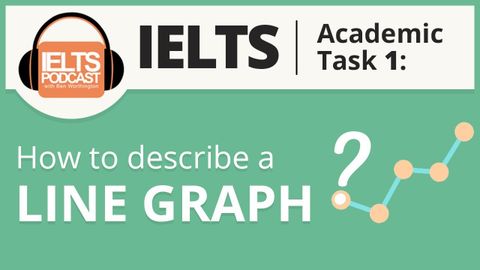折れ線グラフの書き方 IELTSアカデミックタスク1
ben が 2017 年 05 月 29 日 に投稿  この条件に一致する単語はありません
この条件に一致する単語はありませんUS /səbˈskraɪb/
・
UK /səb'skraɪb/
- v.t./i.(定期的なサービスに)申し込む : 予約をする : 予約金を払う
US /ˈpɪriəd/
・
UK /ˈpɪəriəd/
- n. (c./u.)期間 : 時代;強調;終止符;生理;授業時間 : 時限
US /ˌrɛkəˈmɛnd/
・
UK /ˌrekə'mend/
US /ˈbesɪkəli,-kli/
・
UK /ˈbeɪsɪkli/
エネルギーを使用
すべての単語を解除
発音・解説・フィルター機能を解除
